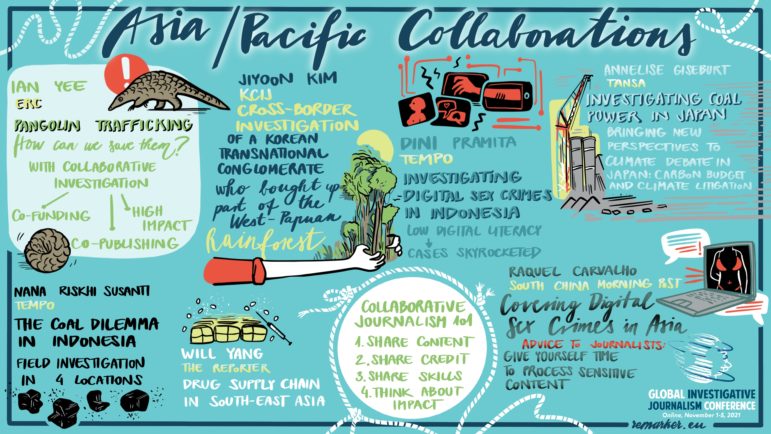

MOUs: How to Get Everyone on the Same Page for Collaborative Projects
Read this article in
As collaborative journalism becomes a common practice across the media industry, news outlets need clear documentation to guide their projects.
We study and promote collaborative journalism at the Center for Cooperative Media, and recently we’ve gotten several requests for examples of partnership agreements, legal contracts or memoranda of understanding that others have used to run collaborative projects.
We’ve compiled six different examples from a wide variety of outlets, including radio, TV and print. You can find links to download each below:
- From the Center for Investigative Reporting, a template for an MOU centered around story collaboration.
- From Resolve Philadelphia, an example of an MOU for a multinewsroom collaborative.
- From WNYC, a sample term sheet for a collaboration.
- From American University/WAMU, an example of the MOU from their Guns & America project.
- From Twin Cities Public Television, a template for a broadcast project with joint copyright.
- From Your Voice Ohio, an example of an MOU.
Reading through the documents linked above, you will see some clear differences; some are MOUs with easy-to-understand language while others are legal contracts. But you’ll also see a lot of clear trends and shared language.
Almost all of the documents specify the following, which is important to remember if you’re building this kind of document for your news organization:
- Purpose and scope of the project
- Timeline or duration
- Decision-making
- Distribution, publicity and promotion
- Branding
- Financial concerns
- Ownership of content or IP
The Center for Investigative Reporting’s MOU has several other things that struck me as important: Its document also covers shared ethics, award submission and confidentiality.
At least one large organization I reached out to declined to share their agreement, and a couple others said they don’t use written contracts. ProPublica is probably the most noteworthy example, as it doesn’t do agreements, partner manager Rachel Glickhouse told me. Instead, the organization relies on direct conversations with partners to iron out details in cases like Documenting Hate.
Jean Friedman-Rudovsky, co-executive director of Resolve Philadelphia, said that the usefulness of an MOU in a project of her size — one with many partners — it mostly to set initial guidelines and get everyone on the same page when the project launches.
“However, if a collaborative project has a strong foundation — meaning good channels of communication, trust among participants, and high energy level among partners — you may never have to look at the MOU again,” Friedman-Rudovsky said. “Any problems or obstacles or missteps can be worked out through respectful conversation, rather than holding people accountable to a document.”
We hope you find these documents useful as you work on collaborative projects of your own. We’ll archive these and add others at collaborativejournalism.org/guides.
If you have a partnership agreement, contract or MOU you don’t mind sharing, send it to Stefanie so she can add it: murrayst@montclair.edu. This post first appeared on Center for Cooperative Media’s Medium page and is cross-posted here with permission. The Center is a grant-funded program of the School of Communication and Media at Montclair State University in the US state of New Jersey.
 Stefanie Murray is director of the Center for Cooperative Media at Montclair State University. A Michigan native, she worked in Michigan and Tennessee as a reporter, editor, digital media manager and news executive. Before joining Montclair State, she worked for Gannett as vice president and executive editor of The Tennessean.
Stefanie Murray is director of the Center for Cooperative Media at Montclair State University. A Michigan native, she worked in Michigan and Tennessee as a reporter, editor, digital media manager and news executive. Before joining Montclair State, she worked for Gannett as vice president and executive editor of The Tennessean.









